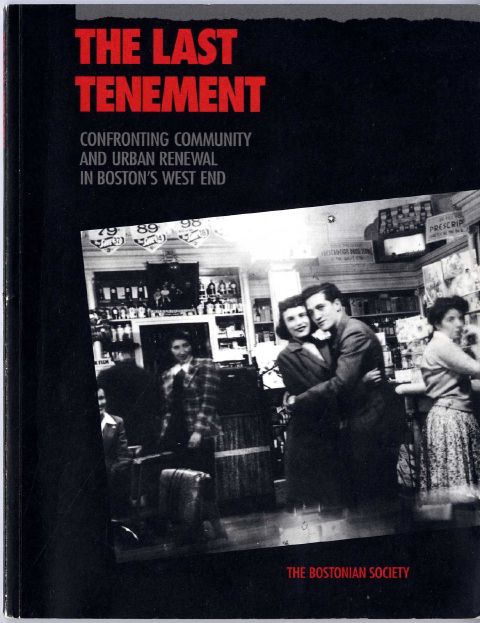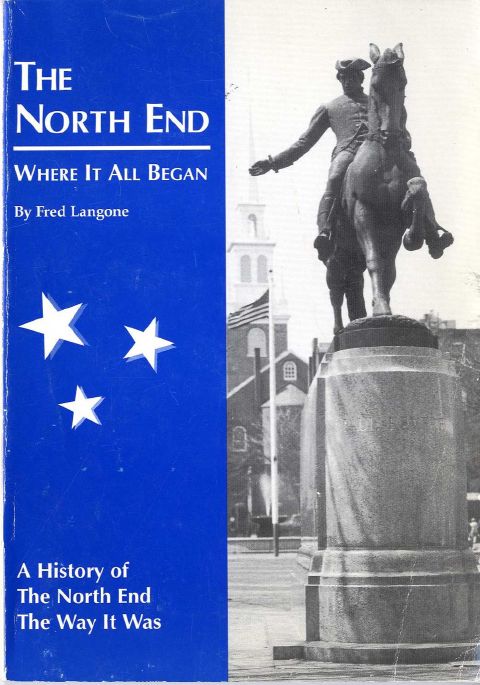Boston Urban Life
Jane Jacobs on Urban Planning in Boston
In her 1961 book, The Death and Life of Great American Cities, Jacobs commented on her visits to Boston and her observations about its North, West, and South End districts.
While she found the once well-to-do South End neighborhood of Roxbury suffering from declining population and increasing crime, and a formerly tenacious West End neighborhood leveled to make room for massive government buildings and high-rise apartments, she was surprised to discover a vibrant North End community that was anything but the slum a city planner had called it:
“Why in the world are you down in the North End?” he said. “Money? Why, no money or work has gone into the North End. Nothing’s going on down there. Eventually, yes, but not yet. That’s a slum!”
“It doesn’t seem like a slum to me,” I said.
“Why, that’s the worst slum in the city. It has two hundred and seventy-five dwelling units to the net acre! I hate to admit we have anything like it in Boston, but it’s a fact.”
“Do you have any other figures on it?” I asked.
“Yes, funny thing. It has the lowest delinquency, disease and infant mortality rates in the city. It also has the lowest ratio of rent to income in the city. Boy, are those people getting bargains. Let’s see … the child population is just about average for the city, on the nose. The death rate is low, 8.8 per thousand against the average city rate of 11.2. The TB death rate is very low, less than 1 per ten thousand, can’t understand it, it’s lower even that Brookline’s. In the old days the North End used to be the city’s worst spot for tuberculosis, but all that has changed. Well, they must be strong people. Of course, it’s a terrible slum.”
“You should have more slums like this,” I said. “Don’t tell me there are plans to wipe this out. You ought to be down here learning as much as you can from it.”
“I know how you feel,” he said. “I often go down there myself just to walk around the streets and feel that wonderful, cheerful street life. Say, what you ought to do, you ought to come back and go down in the summer if you think it’s fun now. You’d be crazy about it in the summer. But of course we have to rebuild it eventually. We’ve got to get those people off the streets.”
—From The Death and Life of Great American Cities, p. 10.
West End Travails
During the 1950s and 60s, under the leadership of Boston mayors John B. Hynes and John F. Collins, city officials took advantage of the federal Housing Act of 1949 to rebuild Boston. They pursued the kinds of large-scale urban renewal schemes that Jacobs decried in The Death and Life of Great American Cities. They designated densely populated tenement neighborhoods as slums, then razed and replaced them with “superblocks” of commercial, government, and residential buildings. Sections of the South End were thus turned into industrial plants, but the West End was totally demolished to make way for high-rise apartments and city office complexes that embodied the period’s Brutalist architectural style in their massive concrete structures.
A 1992 Bostonian Society publication examined the effects of urban renewal on the West End. Remarkably, although displaced and scattered more than half a century ago, former residents have continued to maintain a museum and newspaper dedicated to their bygone neighborhood.
North End Triumphs
Boston’s North End was spared the complete demolition that befell its West End, but in the 1950s sections were leveled to make room for the Central Artery, an elevated expressway that looped around the city’s shoreline. The expressway effectively cut off the North End from the rest of the city until it was replaced in the 1990s and 2000s by a system of underground traffic tunnels known as the “Big Dig.” Today the North End is once again thriving as Boston’s “Little Italy.”
The history of the North End’s Italian immigrant population was recounted in a 1994 memoir by Boston City Council member Fred Langone, unofficially dubbed mayor of the district. Langone implemented rent control to prevent outside developers from taking over buildings and displacing elderly residents. He also helped preserve more than 70 warehouse buildings along the waterfront.




